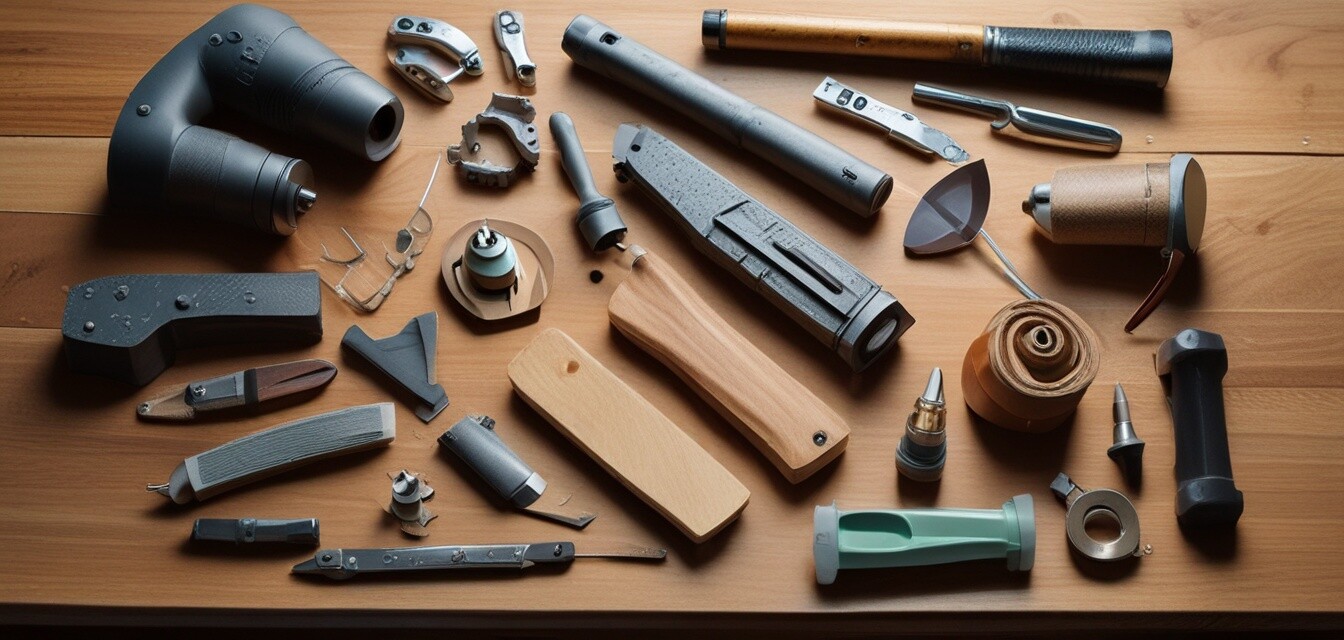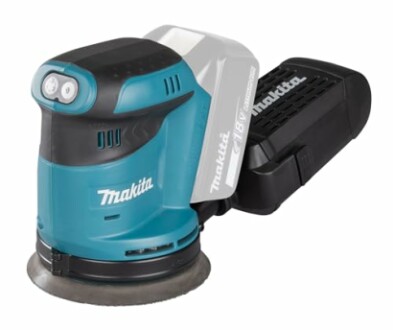
How to Sand Like a Pro: Tips for a Perfect Finish
- Choose the right sandpaper grit for your project.
- Utilize power sanders for efficient material removal.
- Always work with the grain of the wood.
- Finish with finer sandpaper for a smooth touch.
- Safety first: use appropriate personal protective equipment (PPE).
Whether you're refinishing furniture, preparing surfaces for painting, or simply trying to achieve that flawless finish, learning how to sand correctly can make a huge difference in the quality of your work. In this guide, we will cover essential tips and techniques that will help you sand like a pro.
Understanding Sandpaper Grit
Before starting, it's crucial to understand the different sandpaper grits and their applications:
| Grit | Application |
|---|---|
| Coarse (40-60) | For heavy material removal and shaping. |
| Medium (80-120) | For smoothing rough surfaces. |
| Fine (150-180) | For finishing and preparing surfaces for paint or stain. |
| Very Fine (220+) | For polishing and achieving a smooth finish. |
Selecting the Right Power Tools
When it comes to sanding, using the right tool can save you time and improve your results significantly. Here are a couple of great options:
Makita DBO180Z 18V Li-Ion LXT Sander
Lightweight and efficient with 3-speed settings, this cordless sander offers flexibility wherever you work.
Learn MoreDEWALT DCW220 18V XR Cordless Belt Sander
With an impressive belt speed of 320m/min, this tool is perfect for delivering fast and even results on various surfaces.
Learn MorePreparation is Key
Before you start sanding, take the time to prepare your work area and the piece you will be sanding. Here are some essential steps:
- Clear the workspace of any debris or clutter.
- Secure your project piece to prevent movement.
- Ensure you have all your materials ready, including sandpaper, vacuum, and safety gear.
Sanding Techniques
Now, let's dive into some effective sanding techniques:
1. Sand with the Grain
Always sand in the direction of the wood grain to avoid scratches and achieve a smoother finish.
2. Use the Right Amount of Pressure
Apply even pressure as you move your sander. Too much pressure can cause uneven wear and may damage the surface.
3. Change Grits Gradually
Start with a coarse grit and work your way up to a finer grit. This ensures smoother finishes and better surface preparation.
4. Keep Your Surface Clean
Regularly clean your surface to prevent dust buildup. Use a vacuum or a tack cloth to remove dust between grits.
Safety First
Always prioritize safety when working with power tools:
- Wear safety goggles to protect your eyes from dust.
- Use a dust mask to avoid inhalation of fine particles.
- Ensure good ventilation in your workspace to minimize dust accumulation.
Maintaining Your Tools
Taking care of your sanding tools extends their lifespan and keeps them performing at their best:
- Inspect sandpaper for wear; replace it when needed.
- Clean the tool after each use to reduce dust accumulation.
- Store tools in a dry, cool place to prevent rusting.
Conclusion
By following these tips and utilizing the right tools, you'll be able to sand your workpieces like a pro. Remember that practice makes perfect, so don’t hesitate to apply these techniques on various surfaces. Happy sanding!
Related Resources
Check out our other guides for more tips and techniques:


